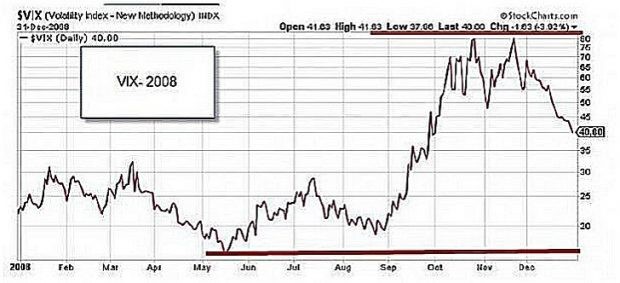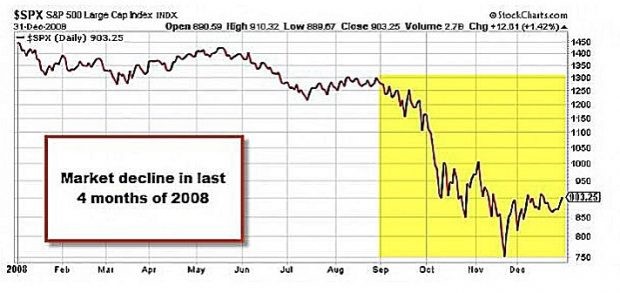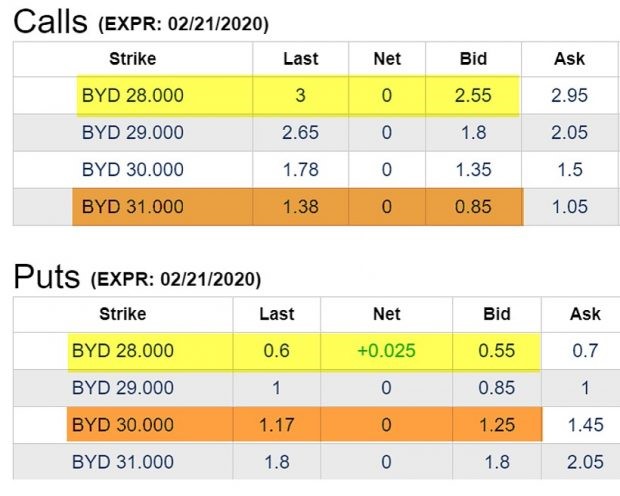The VIX should not be feared but considered in all options strategies to achieve higher returns safely, writes Alan Ellman.
Options trading basics teaches us that the Cboe Volatility Index (VIX) reflects the market’s expectation of the upcoming 30-day implied volatility. It measures market risk and is also known as the investor fear gauge.
With this in mind, option-sellers are faced with a dilemma. Increased market volatility will translate into higher option premiums because the time value (Theta) component of the premium is directly related to implied volatility. On the other hand, a high overall market volatility increases our risk as share value can plummet and erase our initial gains. The VIX mirrors degree of anticipated price movement but gives no information on direction. So, is a higher VIX a positive or a negative?
What can we learn from the crash of 2008?
One question that is frequently posed to me is that if the VIX is low do we stop selling calls because of lower premiums? This implies that a high VIX is a positive for covered call writers. Let’s take a look at an extreme example in 2008 when the VIX went from the 20 to 30 level to the 70 to 80 level in the last four months of the year:
VIX in 2008

Quadrupling of the VIX in 2008
As a general rule, the VIX and the performance of the overall market (S&P 500) are inversely related as demonstrated in the chart below where the market took a dive in the last four months of that year:

Market Crash of 2008
VIX and covered call writing
Covered call writing is a conservative strategy and those who use it are generally conservative investors looking to generate cash flow with capital preservation in mind. As such, a high VIX is no friend of option-sellers although we can use our common-sense principles to manage those scenarios. A low VIX (under 20) is usually a positive for us because it means a more stable market and oftentimes a rising market as we experienced since early 2009. However, a persistently low VIX—sitting between 10-13—is a danger for option writers as they need to get too close to the fire to make any profit.
How to manage a high VIX
We can “stay in the game” by selling in-the-money call strikes and deeper out-of-the-money put strikes, using options with lower implied volatility (set goals at 1% to 3% instead of 2% to 4% as an example).
How to manage a low VIX
This is one of the factors that will give us the confidence to take a more bullish stance and sell at-the-money and out-of-the-money call strikes and closer to at-the-money put strikes as well as higher implied volatility options.
Real-life example
The yellow rows in the option-chain below reflects appropriate choices for Boyd Gaming Corporation (BYD) stock with a high VIX (bearish) and the brown rows highlight appropriate choices when the VIX is low:

BYD Option-Chain for 2/21/2020 Expirations
Discussion
The VIX is a factor that should be considered in our option-selling decisions. It should neither be feared nor embraced but rather managed using the fundamental, technical and common-sense principles of the BCI methodology.
Use the multiple tab of the Ellman Calculator to calculate initial option returns (ROO), upside potential (for out-of-the-money strikes) and downside protection (for in-the-money strikes). The breakeven price point is also calculated. For more information on the PCP strategy and put-selling trade management click here and here.





















